Flowers and plants add color and a cozy touch to any indoor or outdoor space—but you don’t have to stick with boring, conventional containers to house your blooms or greenery. Get creative and make use of items already in your home (or even in the pile that is headed to the donation center). Below are lots of creative planter ideas that you can use in your garden or around the house.
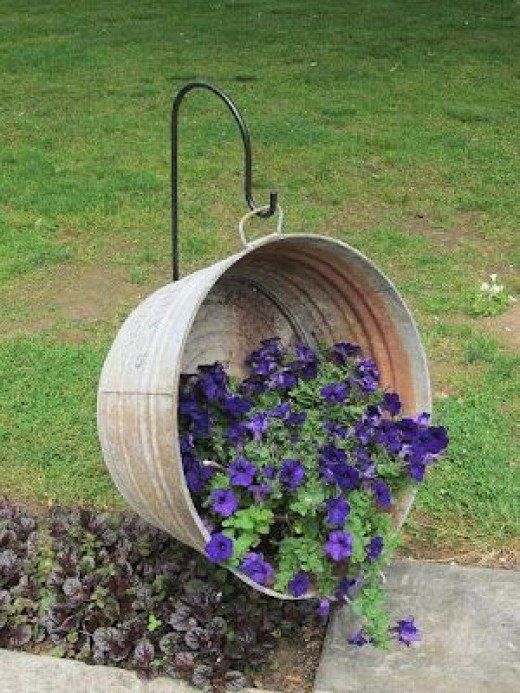
- Metal or wood crates can give an industrial or rustic look to your home decor. To keep the dirt inside the crate, line it with plastic and fill with moss.
- Everyone has a few stock tanks that leak around, so this option is an easy one to find. Add personal flair with paint or leave them as-is for a metallic look.
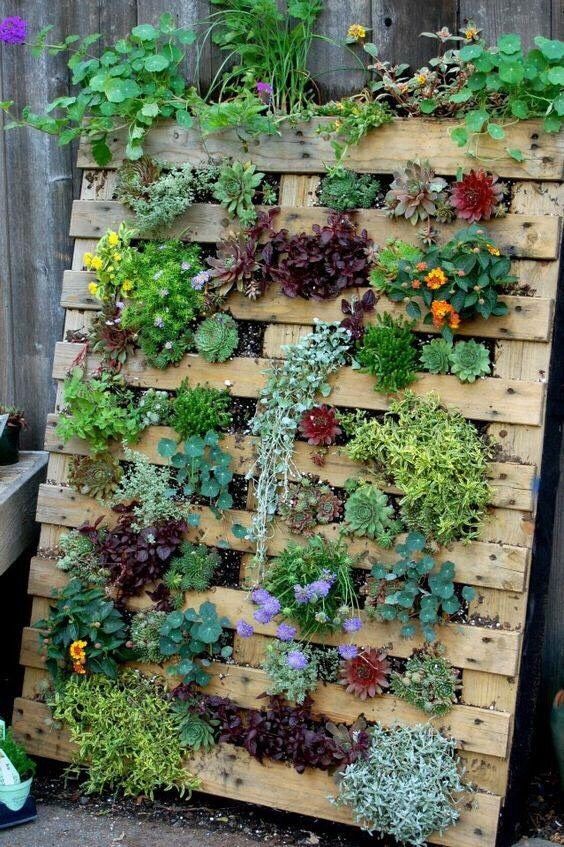
- Create a whimsical display with the watering can tipped on its side or hanging from a pergola with long flowers or vines hanging down.
- By lining a bushel basket with plastic before adding dirt, you can retain moisture while using such a readily available container. While you can definitely use baskets indoors, you can make use of them outside under covered patios for colorful annual flowers.
- Smaller kitchen crocks are great for condensed plants like cactus. Or, use the very large pickling crocks for an arrangement of several succulents or cacti.
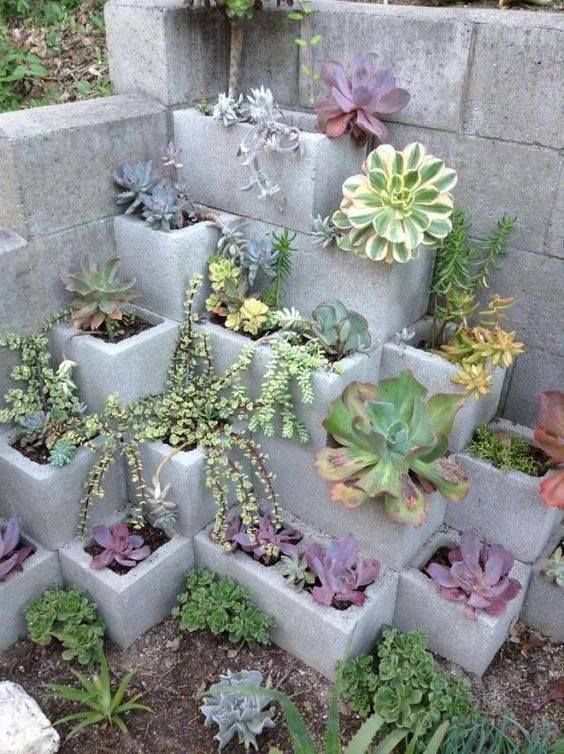
- You’ve seen them before and there’s a reason. It’s a great way to add character to your yard! With a little bit of cleaning and/or a fresh coat of paint, that used toilet can get new life, brimming with colorful flowers.
- If you have an extra colander around the house, you have a planter! These are also common at thrift stores and flea markets and make a fun option for your plants inside or outside the house. If using indoors, line with plastic before filling with soil.
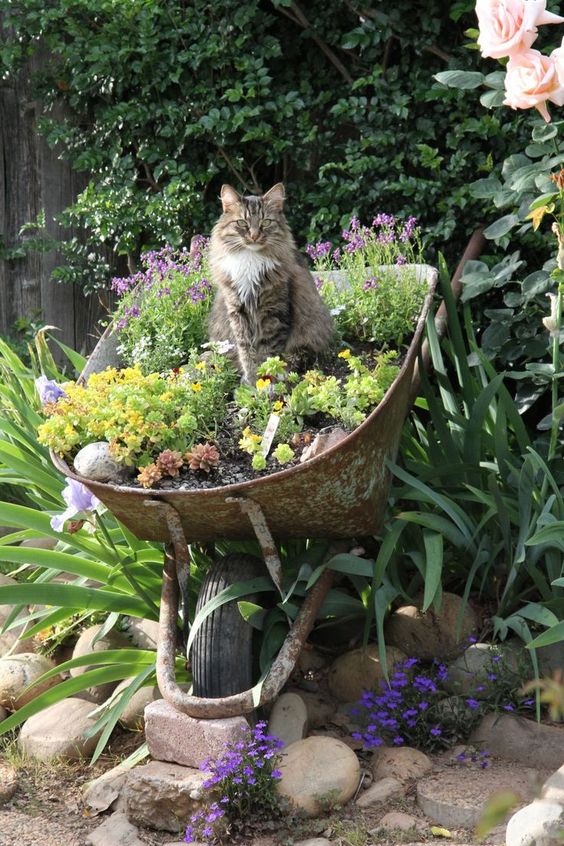
- Old machinery tires that are painted and stacked make perfect containers.
- When their utility as footwear is done, add dirt to create a whimsical front porch display.
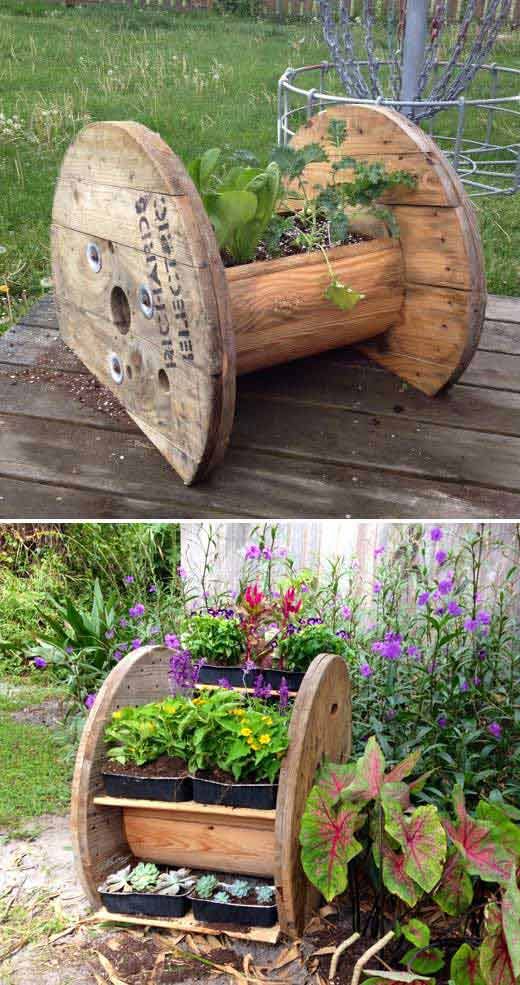
- If you have extra feed bags around, roll down the sides, fill with dirt, and plant away. Burlap offers great drainage while holding everything together. Plus, it adds a rustic touch to any garden area.
